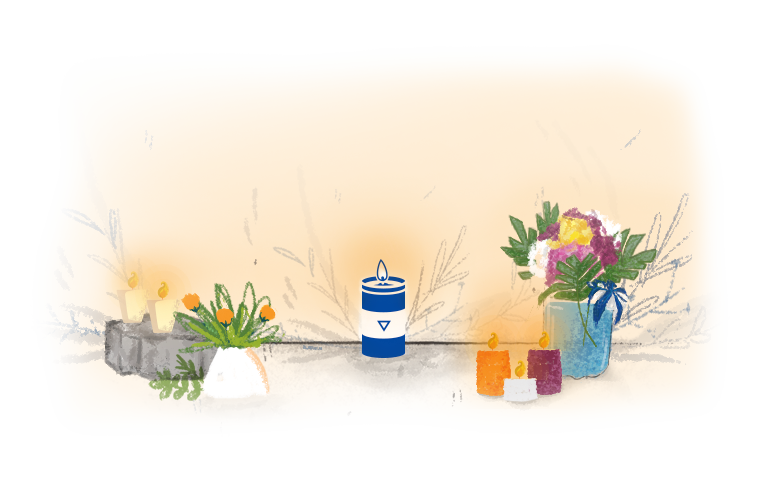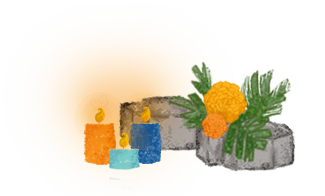
José Leonel Casco Berrios
21 Years Old - Student

José Leonel Casco Berríos
“He wanted a better Nicaragua, with equal opportunities”
Murdered in Chinandega on June 6, 2018
Nicknamed “el Chino,” José Leonel Casco Berríos was 21 and lived with his mother, doña Petrona, in the San José neighborhood of the city of El Viejo, Chinandega. He was an active student at the León campus of the National Autonomous University (UNAN) where he was studying economics, having received one of the highest scores in the university’s admission exam. His aspiration was to study hard and work to improve his family’s economic conditions. His cousin, Ángel Adrián Flores, explains that el Chino was very dedicated to his family and particularly close to his mom. “For him, his family came first.”
Among the characteristics distinguishing José Leonel, his cousin recalls that he was “happy, a jokester and a collaborator. His energy was contagious and he radiated enthusiasm to others around him. He encouraged other young people to take part in working for a better Nicaragua, with equal opportunities for all.”
Ángel Adrián remembers that José Leonel couldn’t be indifferent to what was happening in the country, so on his own initiative he sought to join the groups organizing in the university to add his voice to the protest. “The violence toward the elderly was the last straw for him. In El Viejo he joined a movement of ‘independent protesters’ who wanted to add their own anti-government protests to those in other departments. We were part of the security team and organized ourselves to confront the government’s repression against the marches,” he recalls.

Ángel Adrián says that on June 6, at around 3 in the afternoon, José Leonel left his house with some friends to go to a march that would end at the Los Encuentros traffic circle. Once the march was over, the young people were trying to erect a roadblock at the Chinandega exit to Corinto when they were attacked by paramilitaries who had settled on land they had taken over, part of a farm called La Pañoleta. “They came fully intending to kill; they were carrying weapons and you could see they had military training,” explained the cousin.
One of the armed men shot José Leonel, who couldn’t be immediately evacuated from there. When they transported him by motorcycle to the España Hospital, the emergency area refused to give him medical attention,” says Ángel Adrián Flores. “In the hospital they said José Leonel hadn’t been killed, they didn’t release the body and they were planning to change the death certificate.” He adds, “They didn’t want to release the body so they could gain time and see how they could change the story and cover up the murder.”
That night, after Casco Berríos’ death, the young protesters set up barricades on the main street of the San Agustín neighborhood, where the repression continued until the early hours the next day. Two other people were killed there by the police and paramilitaries.
That same day, June 7, José Leonel was buried in El Viejo’s cemetery under an intense rain. His friends remember him for his happy nature and his capacity to fly high. They say he always surprised them in the marches because he would perch on the highest signs, or would climb up the city’s monument honoring workers to place the blue and white flag there.
I want to know more